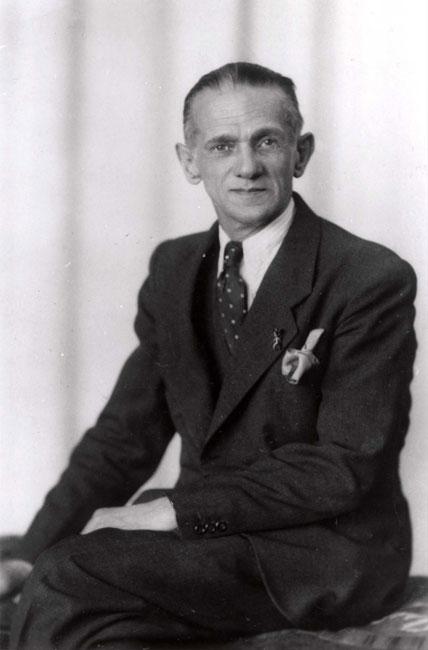

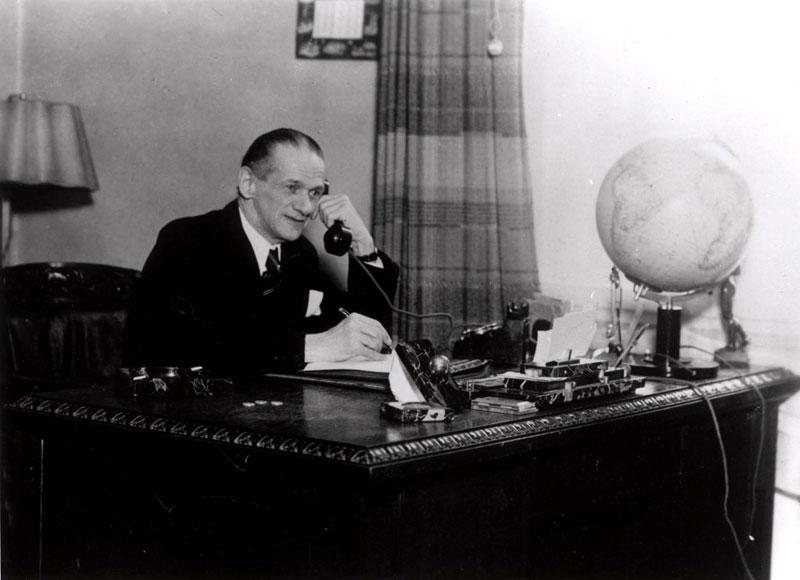

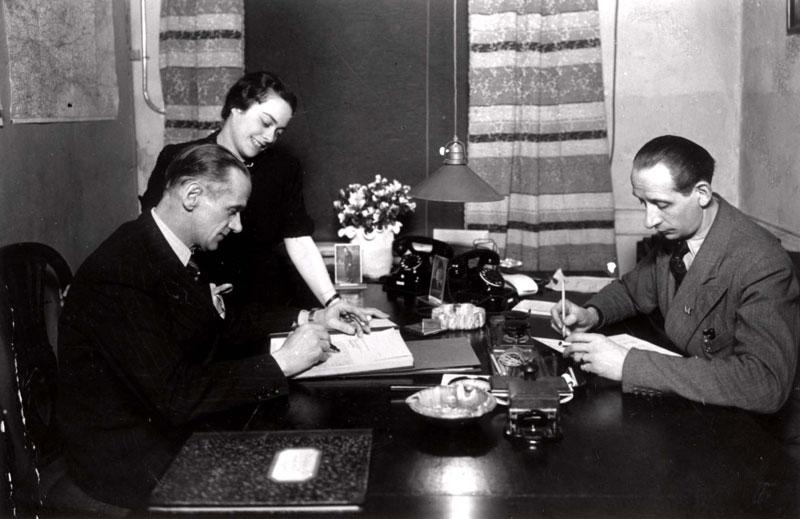

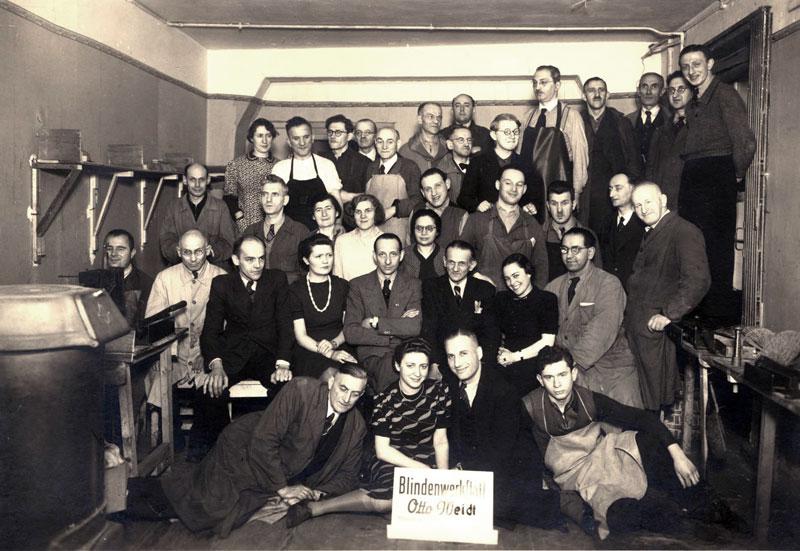

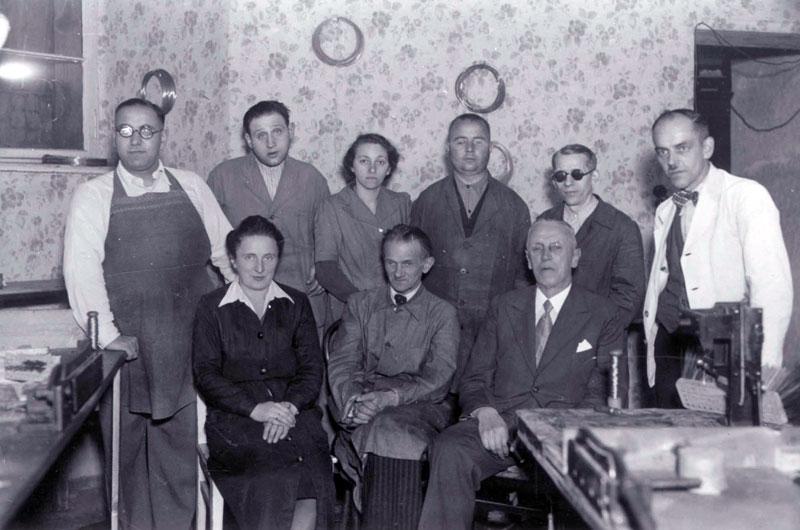

Sunday to Thursday: 09:00-17:00
Fridays and Holiday eves: 09:00-14:00
Yad Vashem is closed on Saturdays and all Jewish Holidays.
Entrance to the Holocaust History Museum is not permitted for children under the age of 10. Babies in strollers or carriers will not be permitted to enter.










Otto Weidt (b. 1883), of working-class origins, was compelled by his growing blindness to abandon his work as a wallpaper hanger. He thereupon set up a workshop for the blind in Berlin Mitte, which manufactured brushes and brooms. Practically all of his employees were blind, deaf, and mute Jews. They were assigned to him from the Jewish Home for the Blind in Berlin-Stegliz. When the deportations began, Weidt, utterly fearless, fought with Gestapo officials over the fate of every single Jewish worker. As means of persuasion he would use both bribery and the argument that his employees were essential for fulfilling orders commissioned by the army. Once, when the Gestapo had arrested several of his workers, the self-appointed guardian of the Jewish blind went in person to the assembly camp at the Grosse Hamburger Strasse, where the Jews were incarcerated pending deportation, and succeeded in securing their release at the last minute. Aside from the blind, Weidt also employed healthy Jewish workers in his office. This was strictly forbidden, as all Jewish workers had to be mediated through the labor employment office, which would ordinarily post them to forced-labor assignments. However, Weidt, through a mixture of bribery and subterfuge, succeeded in overriding the objections of the Nazi director of the official employment office. The Jewish Inge Deutschkron was among the eight healthy Jews employed at the workshop. As she and her mother began to live illegally in order to escape deportation, Weidt arranged an Aryan work permit for Deutschkron that he had acquired from a prostitute, who had no use for it. Unfortunately, the ticket had to be discarded three months later when the police arrested the prostitute. One of Weidt’s most spectacular exploits involved the rescue of a Jewish girl who had been deported to the camps in Poland. Alice Licht and her parents were accommodated at a “secondary site” of the workshop, ensconced behind a front of brushes and brooms. When the Gestapo, tipped off by a Jewish informer, discovered the hiding place, Licht was deported first to Theresienstadt and from there to Auschwitz and to Christianstadt (a sub-camp of Gross Rosen). According to her testimony, Otto Weidt traveled to the camp to search for her. Licht told Yad Vashem that Weidt made plans for her escape, but they did not materialize. When the inmates of Christianstadt were taken on a death march, Licht managed to make her escape and return to Berlin. By that time Weidt's apartment had been destroyed by a bombing, but he sheltered her until the end of the war. Alice Licht's parents never returned.
On September 7, 1971, Yad Vashem recognized Otto Weidt as Righteous Among the Nations.

Thank you for registering to receive information from Yad Vashem.
You will receive periodic updates regarding recent events, publications and new initiatives.
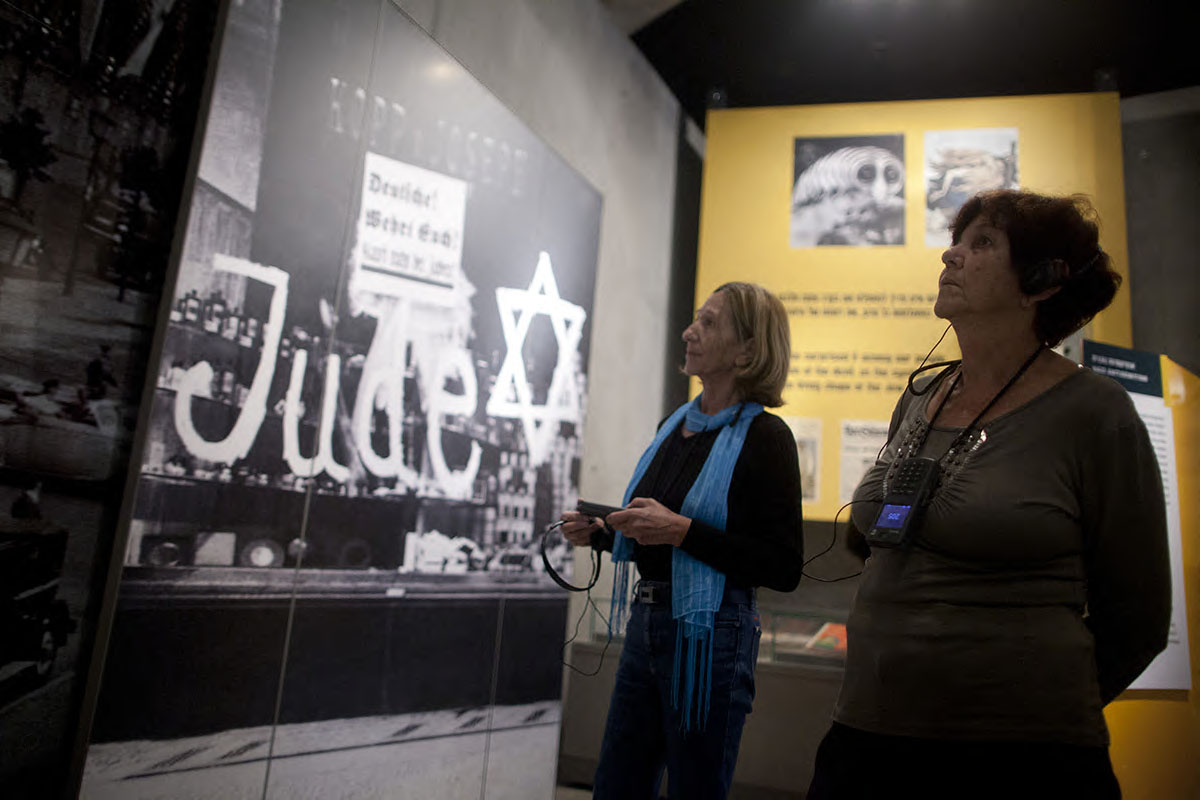
"The work of Yad Vashem is critical and necessary to remind the world of the consequences of hate"
Paul Daly
#GivingTuesday
Donate to Educate Against Hate


Worldwide antisemitism is on the rise.
At Yad Vashem, we strive to make the world a better place by combating antisemitism through teacher training, international lectures and workshops and online courses.
We need you to partner with us in this vital mission to #EducateAgainstHate
The good news:
The Yad Vashem website had recently undergone a major upgrade!
The less good news:
The page you are looking for has apparently been moved.
We are therefore redirecting you to what we hope will be a useful landing page.
For any questions/clarifications/problems, please contact: webmaster@yadvashem.org.il
Press the X button to continue



